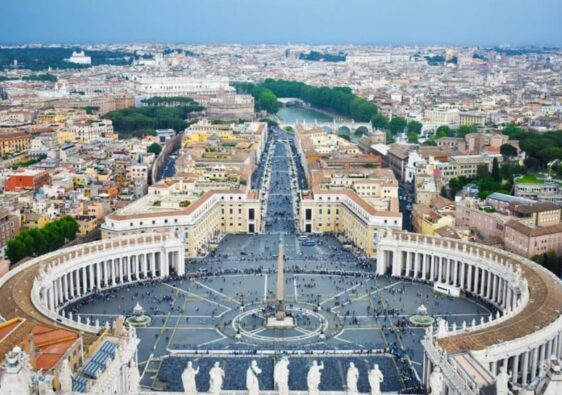Sigiriya Rock

sigiriya is an ancient Rock fortress located in the northern matale district near the town of dambulla in the central province sri lanka. it is site of historical and archaeological significance that is dominated by a massive column of granite approximately 180 m (590 ft) high.According to the ancient Sri Lankan chronicle the culavamsa, this area was a large forest, then after storms and landslides it became a hill and was selected by king kashyapa for his new capital. He built his palace on top of this rock and decorated its sides with colourful frescoes.
On a small plateau about halfway up the side of this rock he built a gateway in the form of an enormous lion. The name of this place is derived from this structure; Sigiriya, the Lion Rock.The capital and the royal palace were abandoned after the king’s death. It was used as a Buddhist monastery until the 14th century.Sigiriya today is a UNESCO listed world heritage site. It is one of the best preserved examples of ancient urban planning.
History of Sigiriya Rock


Sigiriya is an ancient rock fortress in Sri Lanka, built by King Kashyapa in the 5th century AD. He made it his royal palace and decorated it with beautiful frescoes and gardens. The rock rises about 200 meters high and has a giant lion-shaped entrance, which gave it the name “Lion Rock.” Buddhist monastic settlements were established during the 3rd century BC in the western and northern slopes of the boulder-strewn hills surrounding the Sigiriya rock. Several rock shelters or caves were created during this period. These shelters were made under large boulders, with carved drip ledges around the cave mouths.
The Culavamsa and folklore inform us that the war elephant on which Kashyapa was mounted changed course to take a strategic advantage, but the army misinterpreted the movement as the king’s having opted to retreat, prompting the army to abandon him altogether. It is said that being too proud to surrender he took his dagger from his waistband, cut his throat, raised the dagger proudly, sheathed it, and fell dead. Moggallana returned the capital to Anuradhapura, converting Sigiriya into a Buddhist monastery complex, which survived until the 13th or 14th century. After this period, no records are found on Sigiriya until the 16th and 17th centuries, when it was used briefly as an outpost of the kingdom of kandy.Alternative stories have the primary builder of Sigiriya as King Dhatusena, with Kashyapa finishing the work in honour of his father. Still other stories describe Kashyapa as a playboy king, with Sigiriya his pleasure palace
In Professor senarath paranavithan book The Story of Sigiri, King Dathusena is said to have taken the advice of the Persian Nestorian Priest Maga Brahmana on building his palace on Sigirya. According to Paranavithana, during this period over 75 ships carrying Murundi soldiers from Mangalore arrived in Sri Lanka and landed in Chilaw to protect King Dathusena, most of them Christians. King Dathusena’s daughter was married to Migara, a Christian and the commander of the Singhalese army. According to Leonard Pinto, Paranavitana’s story is not widely accepted as it is contrary to recorded Mahavamsa textual sources from this period.



